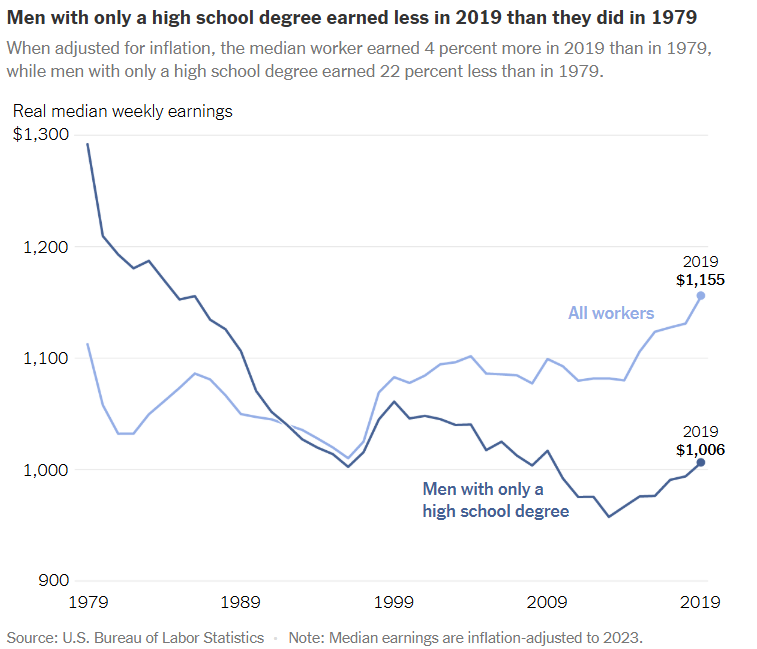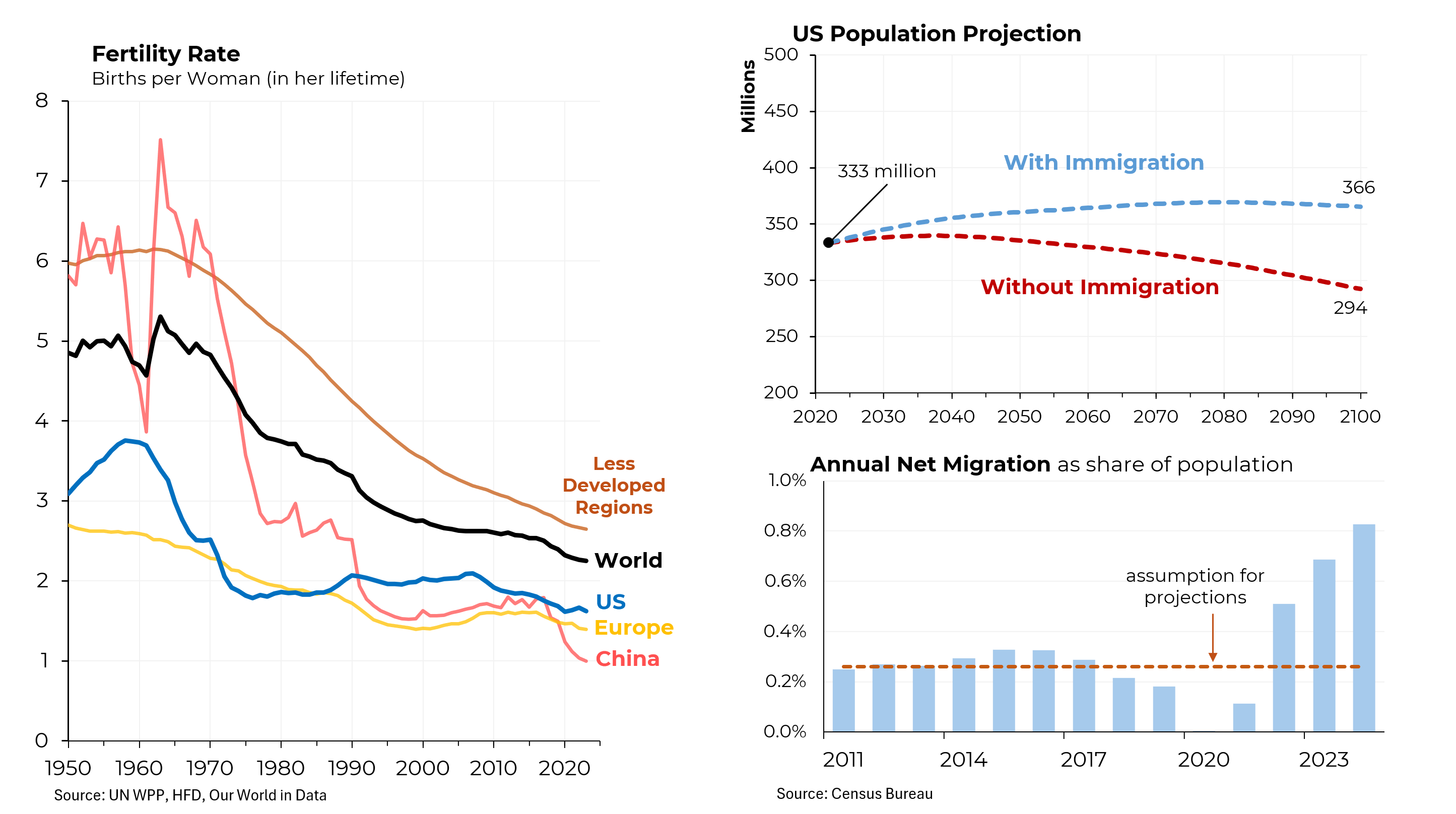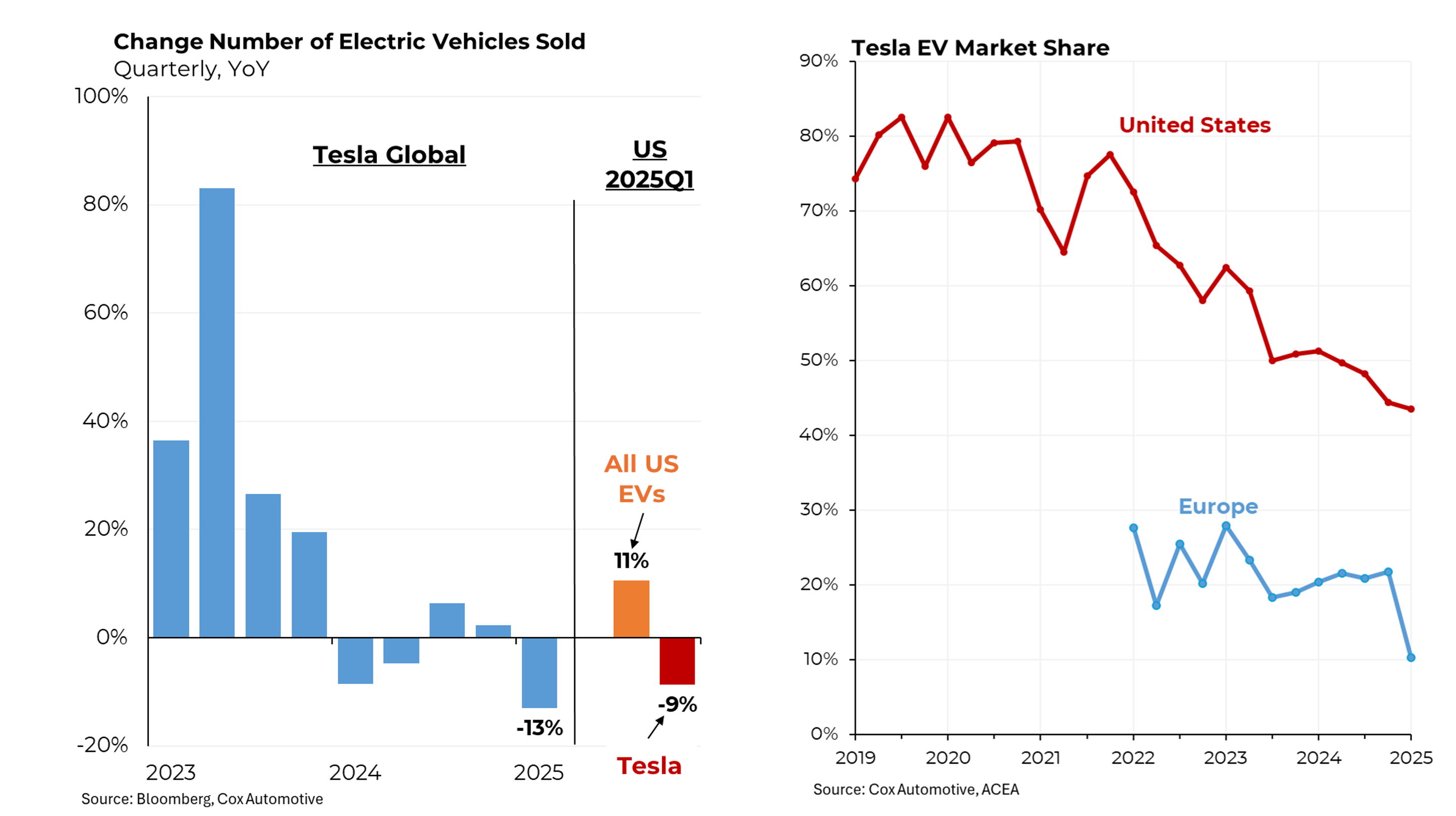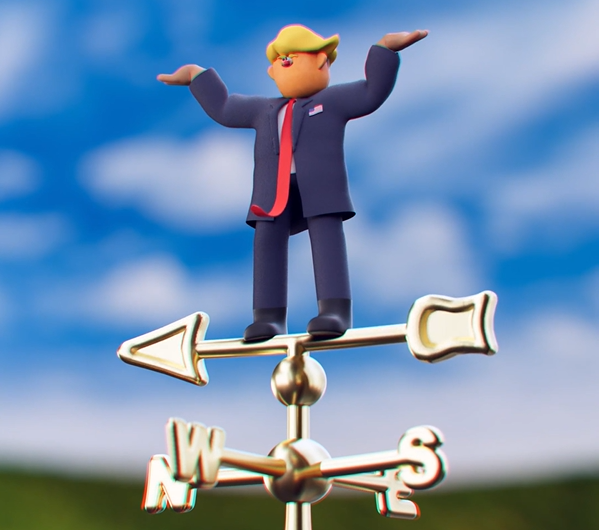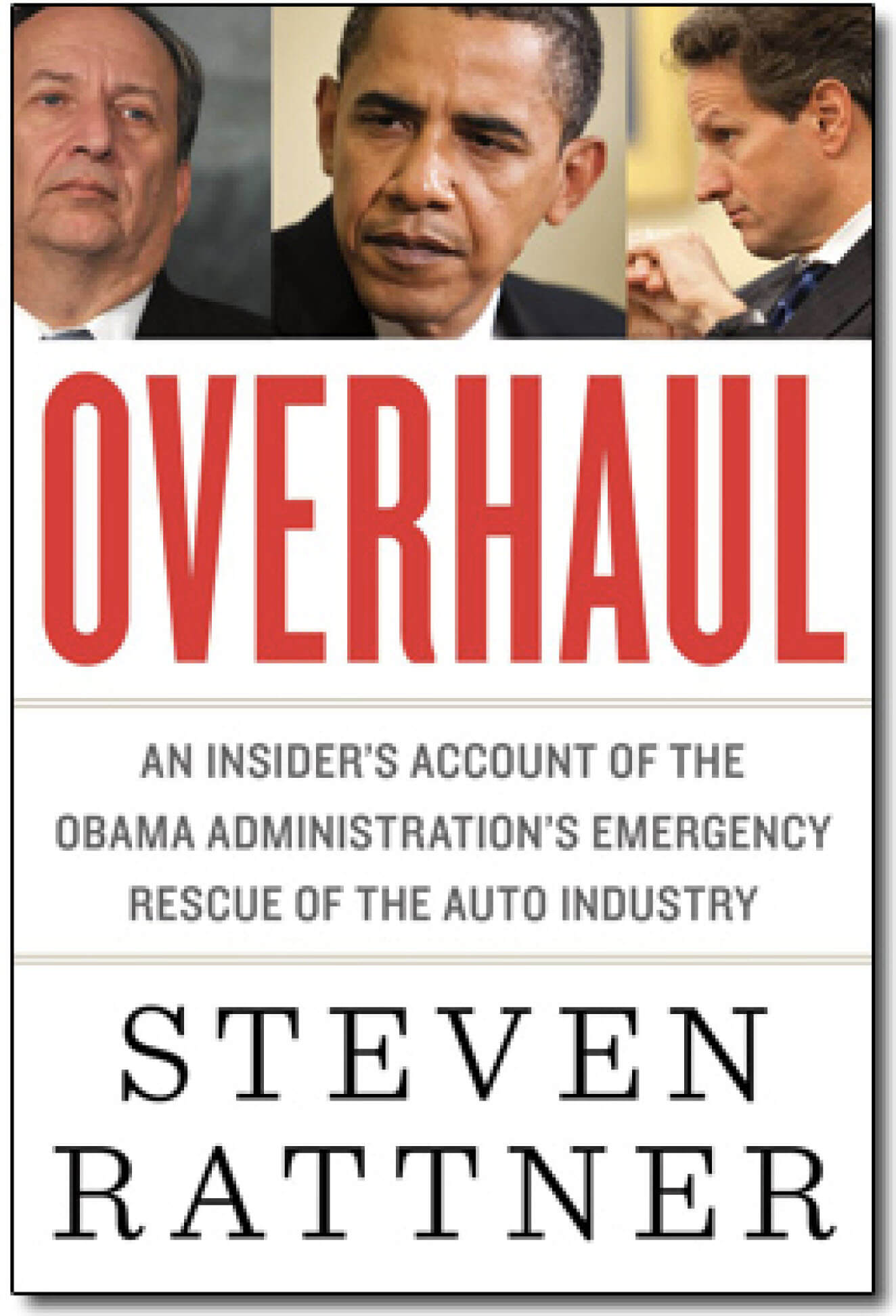Originally published in the Financial Times
America’s troubled asset relief programme – better known as Tarp – died on Sunday, at the age of two. The causes of death were bitter politics and financial illiteracy. Hatched in the post-Lehman bankruptcy panic, Tarp allowed Barack Obama, US president, and his predecessor, George W. Bush, to bypass laborious Congressional approval and deploy $700bn to rescue a collapsing financial system. In its short life Tarp soon became the programme that everyone loved to hate.
To conservatives it epitomised the meddling nature of a bail-out nation. To liberals it rewarded the same Wall Street financiers who took the economy down. And Congress quickly recognised that flexible Tarp capital was precisely the opposite of what the legislative body likes to do, which is to micromanage funding requests, not issue blank cheques. But instead of euthanising Tarp we should be eulogising it as, without exaggeration, this legislation did more to keep America’s financial system – and therefore its economy – functioning than any passed since the 1930s.
No one can doubt that without Tarp financing sources would have fled in terror from the banking system. Almost immediately institutions that dwarfed Lehman in size – potentially, AIG, Citigroup and Bank of America – would certainly have collapsed. Runs on other banks would have followed, causing credit to evaporate in the economy. A depression-era landscape of shuttered banks is easily imagined.
Without Tarp, General Motors and Chrysler would also have been at the mercy of Congress, whose dithering ways would have resulted in at least one of them running out of money, shutting down and liquidating. If Congress then failed to act quickly the other carmaker would have immediately followed suit. That would have brought down the vast majority of the sector’s many suppliers, already teetering on the edge of bankruptcy.
That loss of suppliers would have forced Ford, and all of the foreign-owned carmakers with assembly facilities in the US, to close. Between a collapsing auto sector and other businesses unable to finance themselves, what was already a painful recession would surely have spiralled downward, deeply and darkly. And in the interconnected world of the 21st century, a collapse of the American financial system and economy would have had global repercussions.
Government interventions on the scale of Tarp are certainly to be avoided. But when markets are frozen, as they were after Lehman’s demise, and private capital has retreated to the mattresses, it is the responsibility of government to step into the breach. Even a conservative president like George W. Bush recognised this and pushed Congress to approve Tarp two years ago.
Of the two political poles, the left has the better justification for being grumpy. In retrospect money was injected into financial enterprises on too generous terms: a 5 per cent dividend and a modest slug of warrants to buy common stock. As the investor of last resort the government had the ability – indeed, the obligation – to insist on tougher terms. A vivid demonstration involved Goldman Sachs, which raised $5bn of expensive capital from Warren Buffett just three weeks before it received $10bn of far cheaper Tarp money.
Thus, when financial markets recovered, the share prices of most Tarp recipients were able to recover quickly, enraging a public that (somewhat correctly) felt that taxpayer money ended up preserving value for private shareholders. That said, the other grievance of liberals – that Tarp did little for small businesses and homeowners – falls further from the mark. Tarp’s job was to save the financial system. More traditional forms of economic relief were properly reserved for the stimulus plan and other initiatives.
Opposition from Republicans has been even more visceral, resting on an aversion to government and dark warnings of a slippery slope towards socialism. But let’s be clear: When conservatives say we should have “let the market work”, what could possibly have resulted other than a complete meltdown? Amazingly, all this vitriol is being directed at a programme that may well cost taxpayers little. Only $470bn of the $700bn was ever committed, and estimates of potential losses have been steadily ratcheting down. Last Thursday, Tim Geithner, Treasury secretary, said the cost would be less than $50bn. Hardly a high price for saving the world’s most important financial system.
As the US lurches towards its mid-term elections nary a positive word is heard on the campaign trail about Tarp, while by one reckoning, more than $80m has been spent by politicians of both parties decrying “bail-outs”. One recent poll found that 58 per cent of Americans thought Tarp was an “unneeded bail-out” while only 28 per cent termed it “necessary”.
Among the few courageous defenders of Tarp has been Mr Geithner, who recently pronounced it to be “one of the most effective emergency programmes in financial history” and praised the Bush team for having developed it. In the fullness of time, Secretary Geithner will be judged to have been speaking the truth.


